Kings Cross after lockouts? Bar owners say best is yet to come
Kings Cross has been dead and buried more times than any other area in Sydney. It’s true, it’s changed. But a new Cross is taking shape. Here’s what it will look like in the next five years.
NSW
Don't miss out on the headlines from NSW. Followed categories will be added to My News.
Stunted by 2012 restrictions then gutted by 2014 lockout laws, Sydneysiders have been decrying the death of Kings Cross for almost a decade.
But for those living and working in the area, it’s not quite done yet.
Instead, the Golden Mile’s best days may be yet to come as it transforms again, as it has done since the 1920s when it first emerged as Sydney’s night-life mecca.
“When someone asks me, ‘what’s it like being in the Cross now it’s dead?’, I’m like, ‘you haven’t been here in five years!’,” says Brandon Martignago, who owns Dulcie’s bar on Darlinghurst Rd.
“It’s only dead because you haven’t come back yet.”

SWITCHING GEARS
Few areas in Sydney are as contested, maligned or celebrated as the Cross, and everyone who came of age under its neon lights thinks it was better when they were there.
“I’ve always seen the Cross as Sydney’s kind of visible heart,” said Martignago.
“That means that every time that there’s a new generation in Sydney, the Cross changes.
“The 1950s and ’60s were very different to what the ’20s and ’30s and ’40s were because that’s when suddenly it became the place where Sydney’s only international hotels were.
“So that small village aspect of the first coffee shops and the butchers’ and the bakers’ and the fruit market all went because all of a sudden you had David Bowie walking down the street and everyone wanted to go to Whisky A Go Go. It was a night-time economy.”
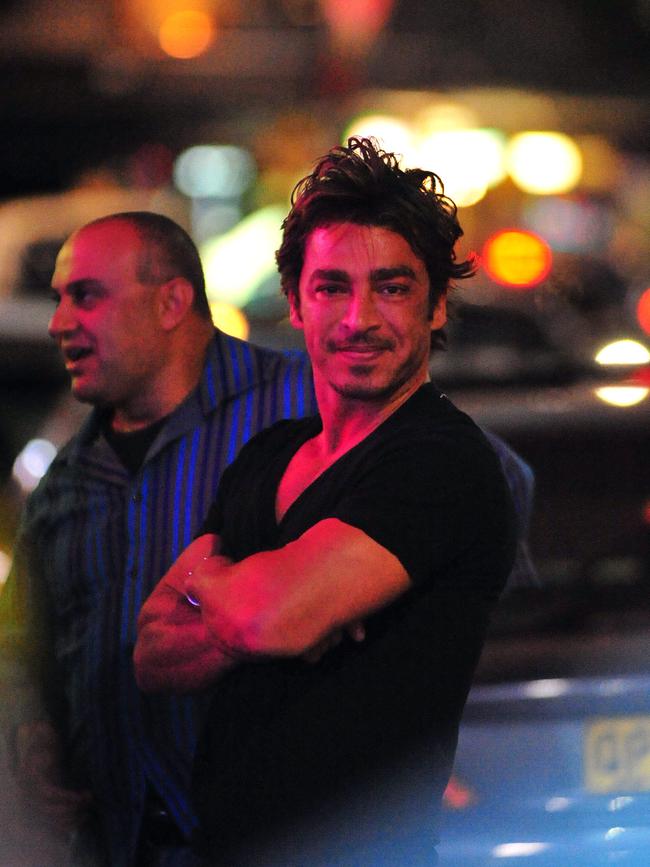

Every decade since, the Cross has switched gears. The Vietnam War era brought hard drugs, ’80s the bikies, while in the ’90s and in the early 2000s “King of the Cross” John Ibrahim did his thing.
“Then we kind of hit a stage where I genuinely think the Cross just needed a little rest,” Martignago said.
BUZZ NOT BOOZE
With seven years of lockouts lifted this month, the Cross is now grappling with what comes next. Some fear Potts Point will simply swallow it, turning it into a gentrified strip. Others see a sophisticated night-life district emerging, where food, bars and entertainment thrive.
“Depending on who you talk to, you either get a really bleak view of the Cross from people who just seem very jaded or want to hold on to a version of what they enjoyed the most about the Cross which is obviously gone,” said Martignago.
“Or you’ve got people who are absolutely passionate about the concept of the Cross.
“They’re the ones that I find often get ignored because that’s not the sound bite people want.”
Martignago, who chairs the Potts Point Business Partnership, said the new Cross was already emerging.

Kellet St is bustling with high-end restaurants like Ezra, Dean’s Lounge, and a Cuban Lounge will soon open.
Bayswater Rd has settled down, there’s talk of turning Candy’s and the old World Bar into a hotel complex and Llankelly Place is buzzing with boutique food, wine and retail.
Macleay St is crawling into Darlinghurst Rd, and the Bourbon redevelopment, awaiting DA approval, along with the Empire Hotel, will again change the streetscape.
It’s not the booze-fuelled sexualised economy it was, “everyone is given equal room to breathe”, Martignago said. But that doesn’t mean strip clubs and sex shops can’t coexist with the new businesses taking shape.
“If you look at Soho (London) or Times Square (New York), there is such a dynamism and synergy between all of those different things that bring so many different people in,” he said. “And it’s just an amazing cross culture.”
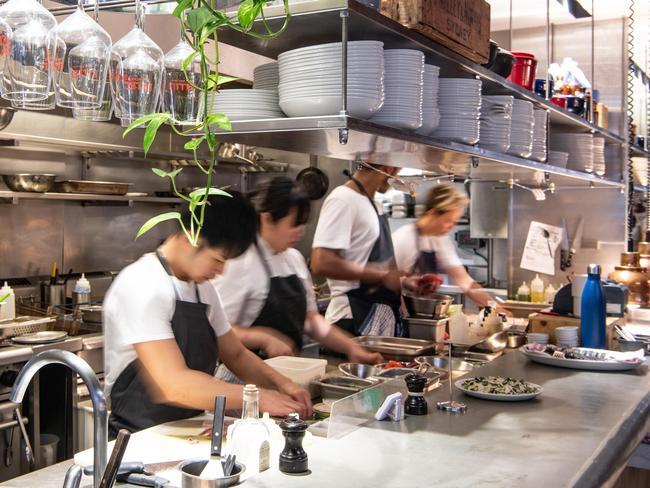
FULL CIRCLE
Safer, cleaner and less intimidating than the “pre-lockout zoo”, resident and cultural historian Warren Fahey said the new Cross taking shape looked more like the old one of the 1920s and ’30s when it cemented its reputation as a night-life destination.
“It’s gone full circle as far as its rejuvenation,” said Fahey.
“It’s got a while to go, but in five years’ time, it’s interesting to imagine what it could be.”
Between the ’20s and ’40s, with its cosmopolitan food and theatres driving a booming trade in cafes and cocktail bars, Kings Cross and Potts Point were the place to be after dark.
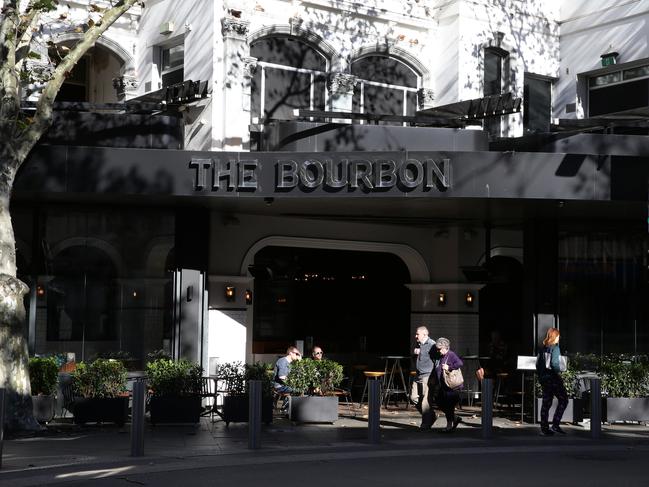
Sly grog traffickers and razor gangs lured by the six-o-clock swill added a whiff of danger, but it didn’t become the centre of vice until the ’60s and ’70s when visiting US servicemen drove an explosion in the prostitution and drug trade.
“I’ve got a great deal of faith in the area. You hear a lot about creeping gentrification, which frankly, I don’t see as a bad thing at all,” Fahey said.
“The whole thing is to have a balance where it salutes its history, including the dubious history, while realising in five years’ time this is a thriving, vibrant part of Sydney.”

MONEY MOVES IN
The socio-economic mix of the Cross has long been one of its drawcards, but there’s no doubt gentrification is occurring. Money has been pouring into residential property since lockouts began, as luxury units and commercial developments usurp bedsits and backpackers’ hostels.
Plans are afoot to redevelop 80 studio apartments at 45 Macleay St into high-end units, while empty strip joints such as Porkys and Dreamgirls are set for commercial redevelopment.
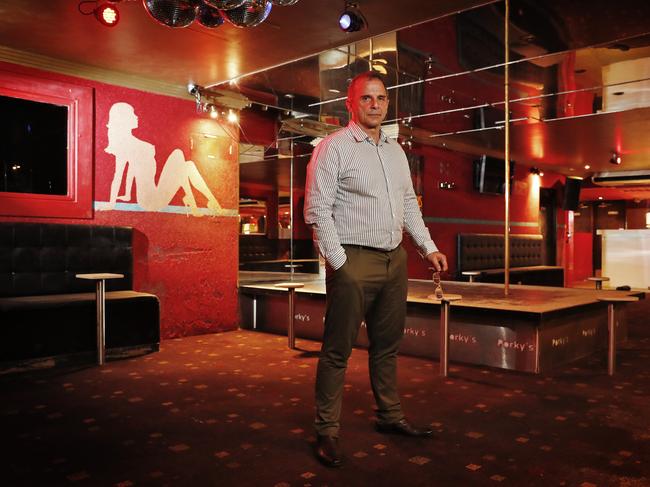
Sales agent Nuri Shik of Laing and Simmons said in real estate, anything north of the El Alamein fountain was now hot property.
“There’s a lot of money coming into the area. It’s becoming an older crowd, before it was more the gay community but now it’s the grey community,” he said.
Heavy-hitters including Gretel Packer and Prue MacLeod have already bought in, and a steel magnate is rumoured to have paid $34m for a trophy home on Wylde St.
Years ago, investors were the ones snapping up real estate, Mr Shik said, but now most of his small-apartment sales are to first-home buyers.
“People used to just come in and party in the area and, you know, be destructive and leave,” he said.
“Now people are caring about their homes and streets and community. It’s like a little village.”
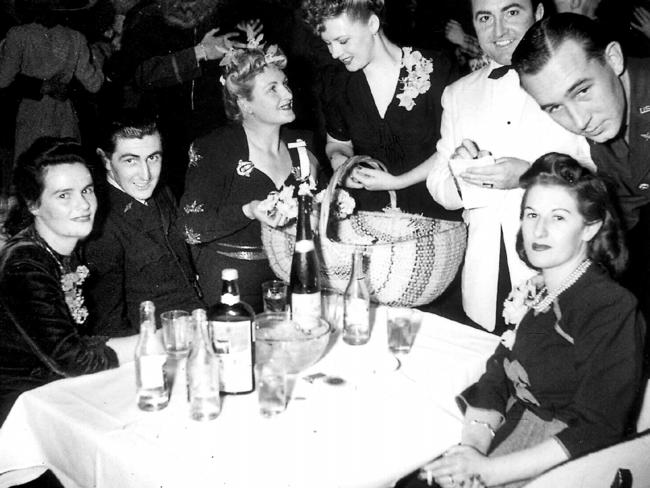

PLACE TO PARTY
Not everyone is convinced by a future of gastropubs and bars. McQueens Adult Store staffer Chris laments the loss of the old Cross as it becomes more sedate and residential.
“When I first came here, it felt like a big festival going on every night. On a weekend, there’d be 25,000-30,000 people coming in, it was wild,” he said.
Martignago said until about 2011, there was nowhere like it in the world.
“You had 38 or 42 licensed venues within the space of 500m,” he said.
“You had a capacity on a Friday and Saturday night in and out of clubs of 45,000 people. It was the place to be.”
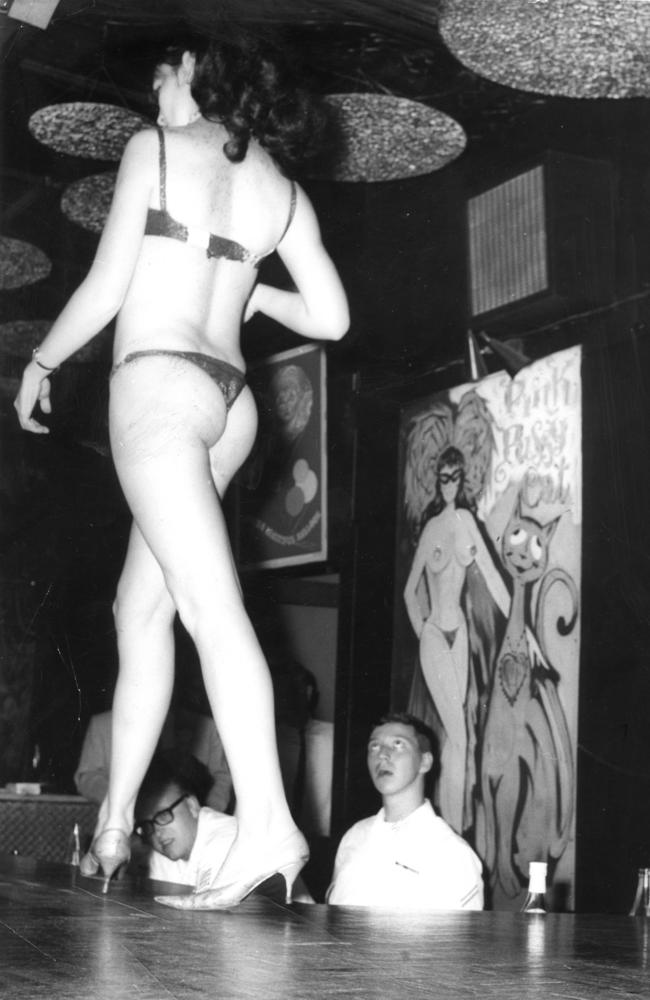
It was also a nightmare for police and paramedics. The high density of venues and volume of people spilling into a small area when they shut, coupled with limited transport, created a flow of injured people to St Vincent’s Hospital — dubbed a “conveyor belt of carnage”.
Assaults halved under the lockouts, but the night-life was decimated. By 2016, 12 licensed businesses had shut, with more to follow, with the harshest business conditions reported in 50 years.
“People will complain about (lockouts) but what we don’t realise is that the city’s grown up,” Martignago said, adding a bar like Dulcie’s could never have survived back then.
“I honestly think it was the lockouts that changed the face of Sydney’s hospitality scene for the better for small bars.”
A NIGHT AT THE THEATRE
As the historic nightclub district disappears, small bars have moved in.
The Kings Cross Distillery now operates from the old Ecstasy Adult Book shop and 12 Taps has revived the defunct Bank nightclub. Even the Cross’s oldest cafe, Piccolo Bar, is in the midst of a rebirth after being closed, with an application to relaunch it as a food and wine venue.
Dulcie’s, which opened in 2018 on Darlinghurst Rd, was the first new liquor licence in 15 years, drawn in by cheap rents, infrastructure and nearby restaurants and affluent locals.
“It made us realise that the reason the Cross has always been the Cross is because it has the infrastructure, and that world that you can easily turn on tomorrow if all of a sudden people started paying attention to it,” Martignago said.
“The one element we’re missing is entrepreneurs who are willing to take a risk here.”
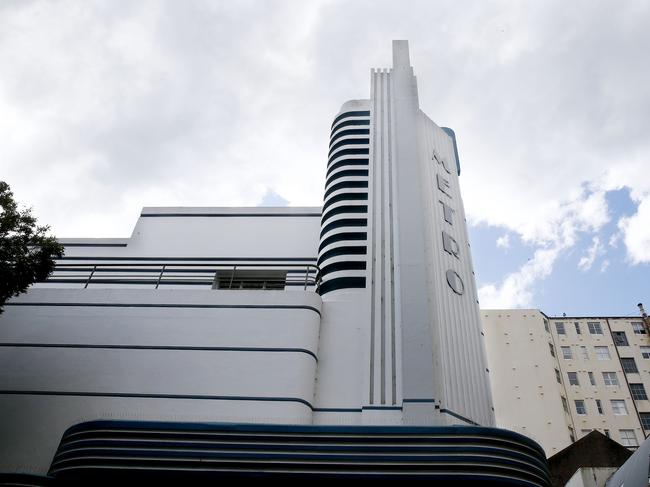
One of the futures emerging for the Cross is as a theatre district. There are already five theatres and hopes are pinned on returning the 1939 Metro Minerva Theatre as a creative space, bringing up to six nights a week worth of patrons.
The addition would help
fire up the precinct further along Darlinghurst Rd where “for lease” signs litter shopfronts. With little clarity on what’s ahead, building owners have made few improvements but that could be about to change.
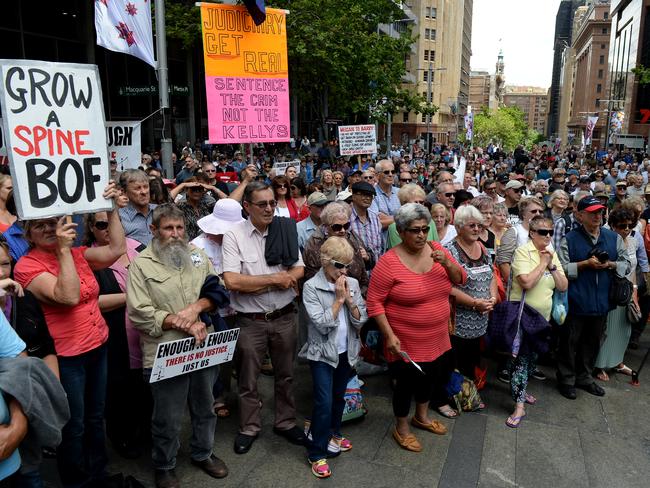
The Darlinghurst side of Oxford St will be renovated from June, and as those tenancies are dispersed, there’s discussion to relocate some to Darlinghurst Rd and Victoria St.
Darlinghurst Rd could even become the next Oxford St, with space for arts institutions, clothing, bookshops and cafes to move in and activate the day and night trade.
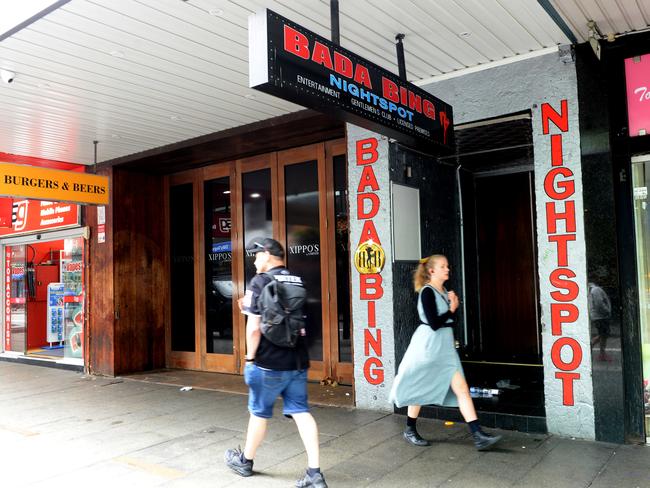
PROTECTING DIVERSITY
The days of one-stop party hubs are over in Sydney. The City of Sydney is developing 24-hour trading precincts across the CBD, and in neighbourhoods from North Alexandria to Redfern, encouraging a broader range of options in line with other global cities.
Deputy Mayor Jess Scully said as the next five to 10 years sees a more sophisticated “adult contemporary” night-life bed in, businesses needed support to transition.
“But we also need the state government to come to the party and invest and support those businesses that are going through that transition and help more consciously chart a future for the Cross than happened with the introduction of lockouts,” she said.
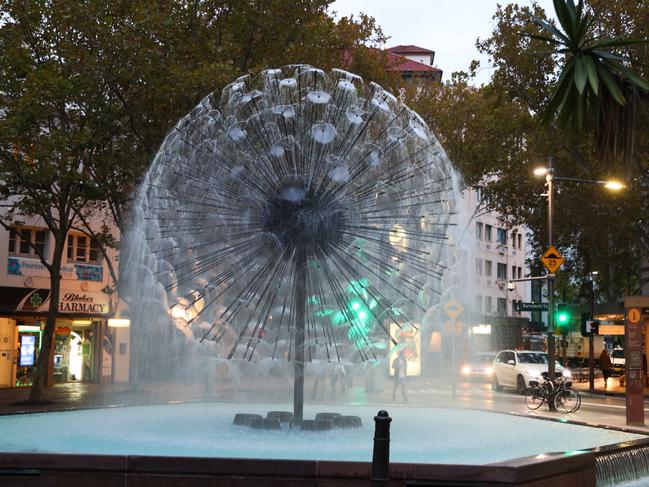

“You wouldn’t have had the revival of the Cross we’re seeing now and the new future of the Cross if people’s immediate needs hadn’t been taken care of by establishing a place like the medically supervised injecting room 20 years ago,” she said.
“I don’t want to see all of the rough edges of the Cross sanded over. It’s a beautiful, creative and interesting place and I think it is that way, in part, because it recognises the nuance and diversity of humanity.”




